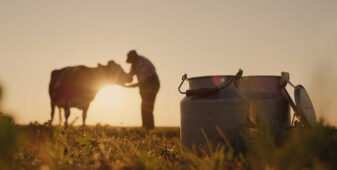
Dairy Trading Strategies: The Cash-and-Carry Trade
- What is the Cash-and-Carry trade?
- We work through an example using butter.
- Risks and opportunity of this type of structure.
10 months ago
5 min read

10 months ago
5 min read
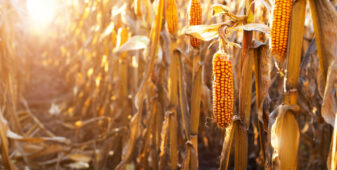
A produção de grãos no Brasil já é responsável por mais de 50% do agronegócio nacional. É, portanto, essencial na economia. O milho é a segunda cultura mais importante na produção agrícola brasileira, atrás apenas da soja.
11 months ago
6 min read
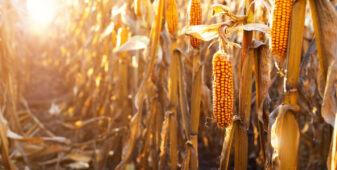
Grain production in Brazil is now responsible for more than 50% of national agribusiness. It’s therefore essential in the economy. Corn is the second most important crop in agricultural production in Brazil, behind soybeans.
11 months ago
5 min read
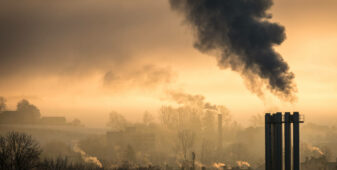
11 months ago
3 min read

Starch is composed of chains of glucose molecules. Some of these chains are straight (amylose), which make up 20–30% of the starch molecule, and some are branched (amylopectin), which make up 70%–80% of the starch molecule.
12 months ago
6 min read

Corporate finance is a field of finance that deals with the financial decisions made by corporations and the various methods used to fund the company’s operations, investments, and growth opportunities. It involves analysing the financial performance of the company, identifying potential investment opportunities, determining the best ways to raise capital, and managing the risks associated with financial decisions.
1 year ago
12 min read

Welcome to the third and final instalment of Czapp’s course on the futures markets.
In this final part of this series, we will look into the futures contracts used to trade sugar globally.
1 year ago
5 min read

Welcome to the second instalment of Czapp’s course on the futures markets.
In the first episode we looked at what futures markets are and what goes into a futures contract. In this second episode we look into how futures markets are used to facilitate global trade and how they can be used as an instrument to speculate on commodity prices.
1 year ago
5 min read

Welcome to the first instalment of Czapp’s course on the futures market.
In this episode we will look at what futures markets are and what constitutes a futures contract.
1 year ago
5 min read

The price of frozen concentrated orange juice (FCOJ) has risen to new highs in the past month but the commodity has always experienced volatility. We take a look at the factors that influence supply and demand and provide methods to manage price risk that stems from this volatility.
1 year ago
3 min read

Starch is a naturally occurring carbohydrate composed of long chains of glucose molecules. These chains can be linear (Amylose) or branched (Amylopectin). Starch is typically composed of 20-30% amylose and 70-80% amylopectin.
1 year ago
2 min read
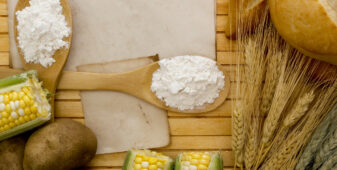
Used widely as an ingredient, starches are present in almost everything we eat. But what are they and where do they come from?
1 year ago
4 min read